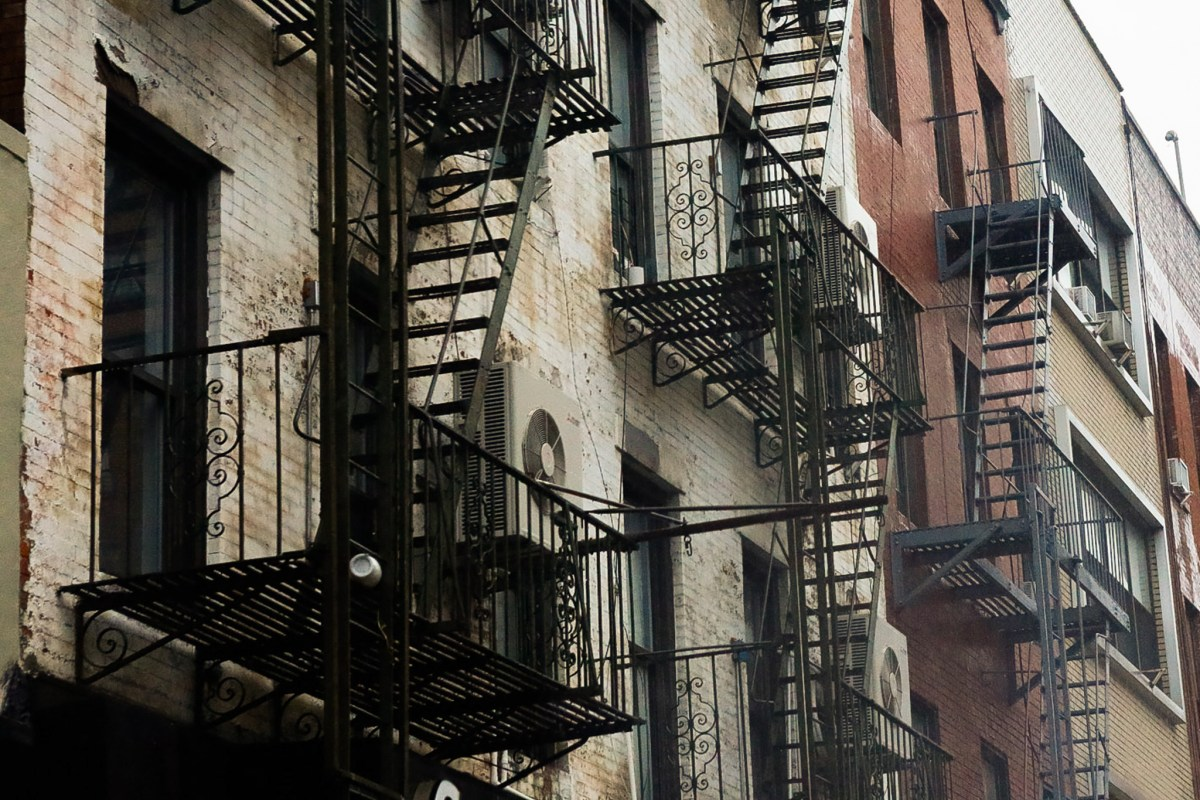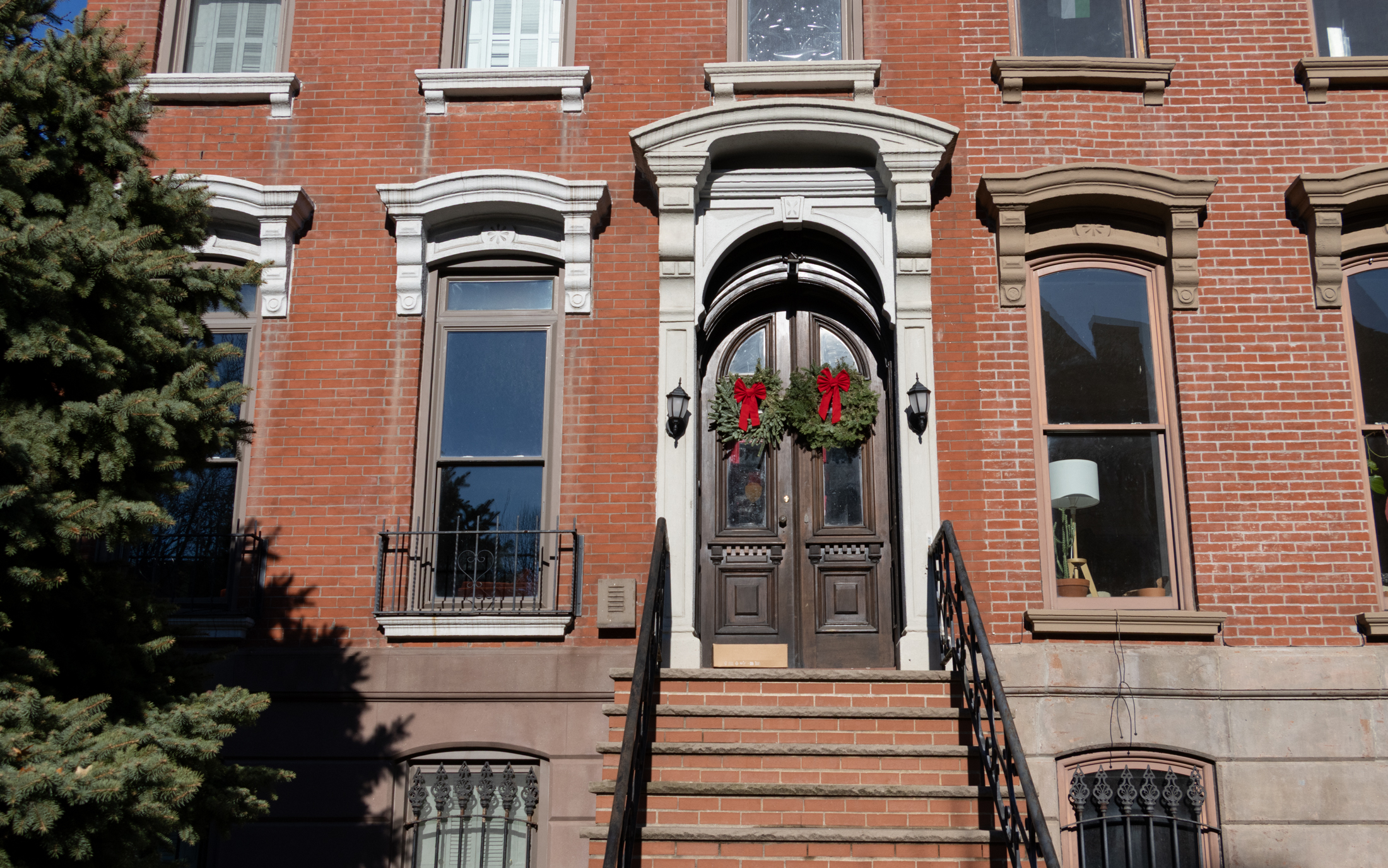History in Dutch Kills
The neighborhood of Dutch Kills named for the narrow tributary of Newtown Creek that runs into its southern reaches. It was the site of a British garrison during the Revolutionary War. Dutch Kills, bordered by Hunters Point on its south, Blissville on its southeast and Queensbridge and Ravenswood on the north, is generally on the…

The neighborhood of Dutch Kills named for the narrow tributary of Newtown Creek that runs into its southern reaches. It was the site of a British garrison during the Revolutionary War. Dutch Kills, bordered by Hunters Point on its south, Blissville on its southeast and Queensbridge and Ravenswood on the north, is generally on the immediate north and south sides of Queens Plaza. Walk its streets, and several surprising remnants of an older Queens turn up — or used to, since we lose more of it with each passing week.

As with most NYC locales, history is preserved accidentally. An old “Cafeteria” sign peeked out on Bridge Plaza South after an awning was removed (easily photographed from the staircase going to the el train). The building has since been demolished.

At 27th Street (formerly Prospect Street) and 42nd Road (formerly Henry Street) an example of the old house numbering system can still be seen. All Queens house numbers have carried a hyphen since the 1920s.

The Long Island Star building, housing the offices and press of the longtime newspaper The Long Island City Daily Star (founded 1867), stood at 28th Street and 42nd Road for decades until its demolition in 2008.

A verdigris-ed plaque of its founder, Thomas Todd, could be seen at the corner.
The paper merged with Flushing’s North Shore Journal in the 1930s and soldiered on until 1968 as the Long Island Star Journal. The paper covered the opening of the first luxury apartments in Jackson Heights and the extension of the IRT Queensboro subway as far as Corona in 1917; published an interview with author Helen Keller, who lived in Queens in 1922; bannered the opening of North Beach Airport (now LaGuardia Airport) on the grounds of a former amusement park in 1930 and the opening of Idlewild, now Kennedy, Airport in 1948; and headlined the death of 29 passengers and injuries to 115 as two Long Island Rail Road trains crashed head-on in November 1950. Queens still has a lively local newspaper scene.

Crossing under the elevated and walking to the corner of 29th Street and Bridge Plaza North we come to the former Corn Exchange Bank, built around 1910 just after the Queensboro Bridge opened. It is now the Q4 Hotel and features an interesting exterior light display at night.
The Corn Exchange Bank was founded in 1853 in New York, but had branches in other states, including Pennsylvania, Wisconsin, and Nebraska. It was a retail bank that acquired many community banks. In 1855, the bank moved into an existing building at the northwest corner of William and Beaver Sreets [in Lower Manhattan]. In 1894, the bank completed a new headquarters, an 11-story building designed by Robert Henderson Robertson, at 11-15 William Street. B In 1929 it was renamed the Corn Exchange Bank and Trust Company. In 1954 it merged with Chemical Bank and the combined entity took the name Chemical Corn Exchange Bank. After Chemical Corn merged with New York Trust, the “Corn” was dropped. The Corn Exchange Bank in Philadelphia, Pennsylvania, was famously robbed by Willie Sutton in February 1933.

A recent demolition on 29th Street north of Queens Plaza has allowed these two painted ads to see the light of day once again, temporarily at least. Both were executed by signpainter Bernard Yoepp. As a closeup look will reveal, they are in black with white lettering and red trim. Two rows of brick serve as the border and are painted a deeper red than the brick itself. Unfortunately, the name of the delicatessen had been re-bricked and just enough of it is covered so that the name can’t be made out, but it does look as if there is a single first initial followed by a period. That might be a clue for any of you who were around in the 1940s and 50′s and might remember it. Does anyone remember a YMCA in the Dutch Kills area near Queens Plaza?

Up the block on 29th is this fantastical Art Deco 12-story former-office building at 41-15, also being converted to residences. The beasts in the facade have a vulpine look about them.

Crossing north of 40th Avenue on 29th Street north of St. Patrick’s Church, the arts collective and exhibit space Flux Factory can be found in a building formerly home to an industrial cleaner and greeting card manufacturer, Alfred Mainzer Company. Though Mainzer is still in business, distributing mainly religious greeting cards, in the past Mainzer was famed for distributing anthropomorphic cat cards, known as its “Dressed Cats” line.

These humorous cards were produced mainly from the 1940s into the 1960s and featured artwork by Swiss artist Eugen Hartung (1897-1973). The card company was founded in 1938 and has been located in Queens since 1977. Mainzer also featured “Dressed Mice,” “Dressed Dogs” and “Dressed Hedgehogs” lines. A true “Mainzer dressed animal” card can be discerned by Hartung’s signature mark, a heart with a loop in the center. early postcards had a rough finish, brilliant colors, and scalloped edges. The cards were printed in Switzerland, Belgium, Turkey, Thailand, and Spain. In Hartung’s world, cats rule the planet and dogs are either pets or servants!
There’s much more history to be exposed in Dutch Kills — watch this space for more.





What's Your Take? Leave a Comment